Whether due to natural disasters, nuclear events or miscommunications, there have been very close calls for planet Earth. These events were capable of cessation of all the life on this planet. Below are the Top 15 times where the world almost ended that will shock you.
Top 15 Times The World Almost Got Ended
1. The Spanish Flu
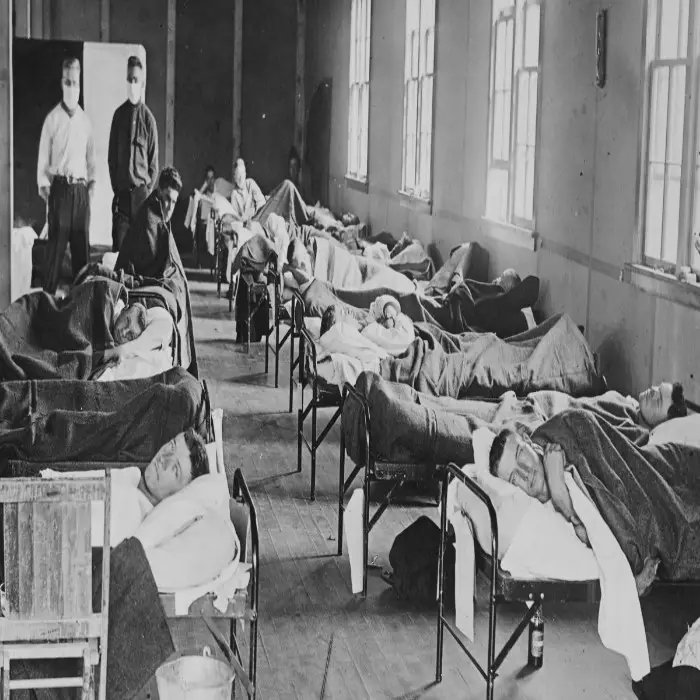
The Spanish Flu of 1918 also known as the 1918 Flu Pandemic was a deadly influenza pandemic that was caused due to the H1N1 influenza A Virus. It infected 500 million people that is about a third of the world’s population at the time from the time period of Spring 1918 to the early Summer of 1919.
2. The Great Comet of 1996
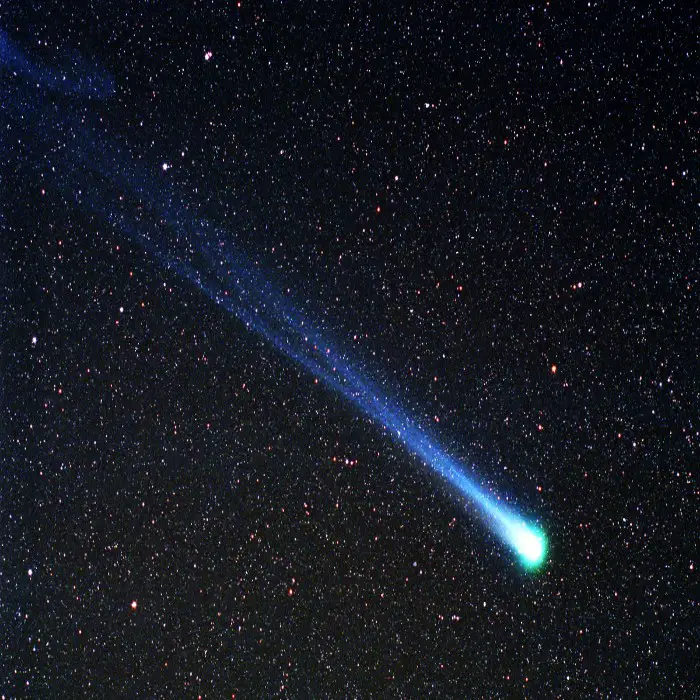
Comet Hyakutake was a comet, discovered on 31 January 1996. dubbed ‘The Great Comet of 1996’, its passage near the Earth was one of the closest cometary approaches of the previous 200 years. Astronomer Yuji Hyakutake saw it approaching the Earth, leading astronomers to notice X-rays being emitted from a comet for the first time ever.
3. 1950 Broken Arrow
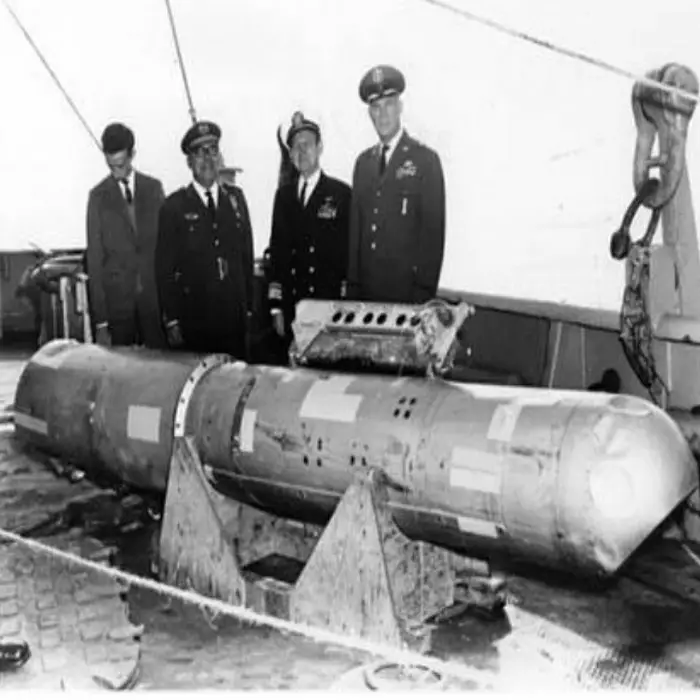
‘Broken Arrow is a code name for a nuclear incident, which happened in August of 1950. The Boeing B-29 Superfortress was a four-engine propeller-driven heavy bomber that was headed for Guam and crashed at a California Air Base. 5,000 pounds of explosives were detonated and 19 people died in the result. If the bomb had been armed with its fissile capsule, potentially 100,000 people could have been killed.
4. 2012, Maya ‘Doomsday’ Calendar
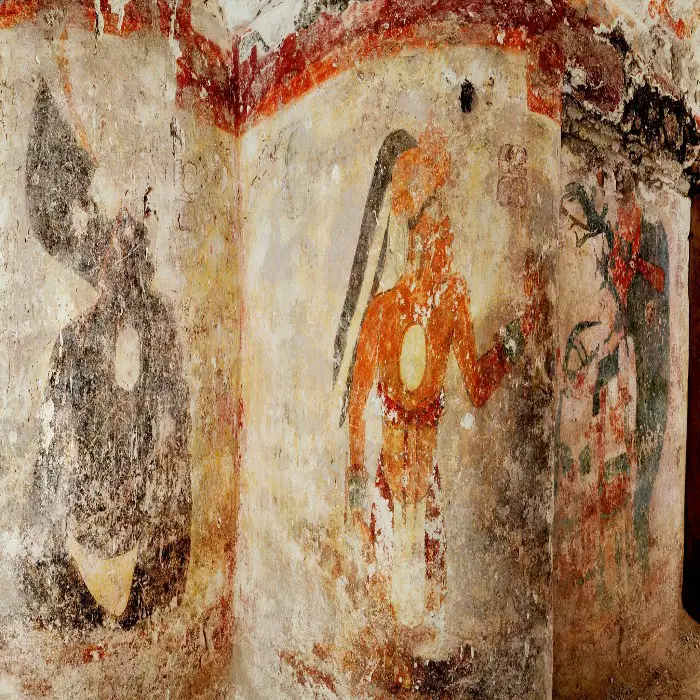
According to the Calendar of the ‘Maya Civilization’, on 21st December, 2012 cataclysmic events were bound to happen. Some of the astronomical alignments and numerological formulae suggested that the date marks the ‘doomsday’ or end of the World. Though the Scholars dismissed this these predictions but it did created panic among the people.
5. Carrington Event
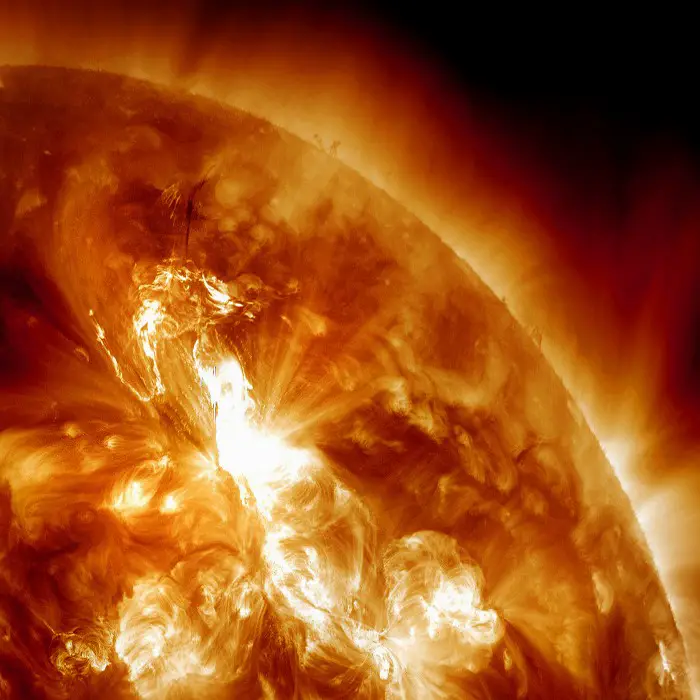
The solar storm of 1859 (also known as the Carrington Event) was a powerful geomagnetic storm during solar cycle 10 (1855–1867). After two fireballs erupted from sunspots, telegraph communications around the globe were destroyed. The sky was so bright that people thought the morning had begun.
6. Asteroid 2018 GE3
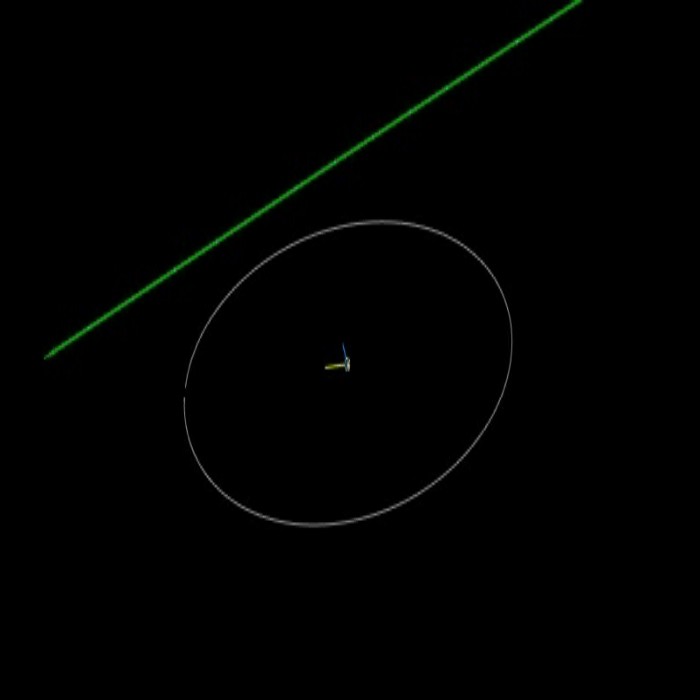
In April of 2018, an asteroid approximately three quarters of a mile wide missed Earth by the galactic equivalent of a hair’s breadth. It came between the Earth and the moon and was nearly twice as close to the Earth as the moon. Also, it was not spotted by astronomers until 21 hours before it hurtled past Earth at more than 76,000 miles per hour, much faster than most objects that get near Earth.
7. Cuban Missile Crises
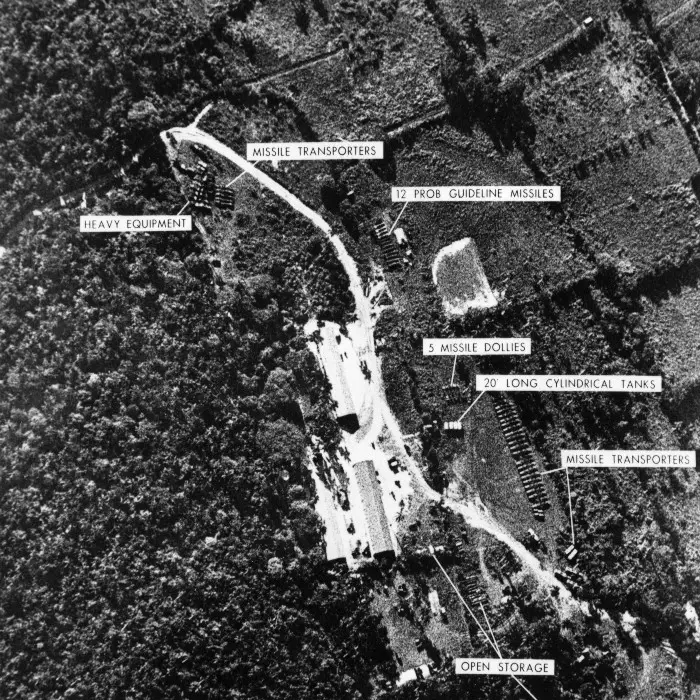
The Cuban Missile Crisis, also known as the October Crisis of 1962, the Caribbean Crisis, or the Missile Scare. During which leaders of the U.S. and the Soviet Union engaged in a tense, 13-day political and military standoff.
It came to a close when Soviet leader Nikita Khrushchev agreed to remove Russian missiles from Cuba in exchange for a promise from the United States to respect Cuba’s territorial sovereignty.
8. Eruption of Mount Thera
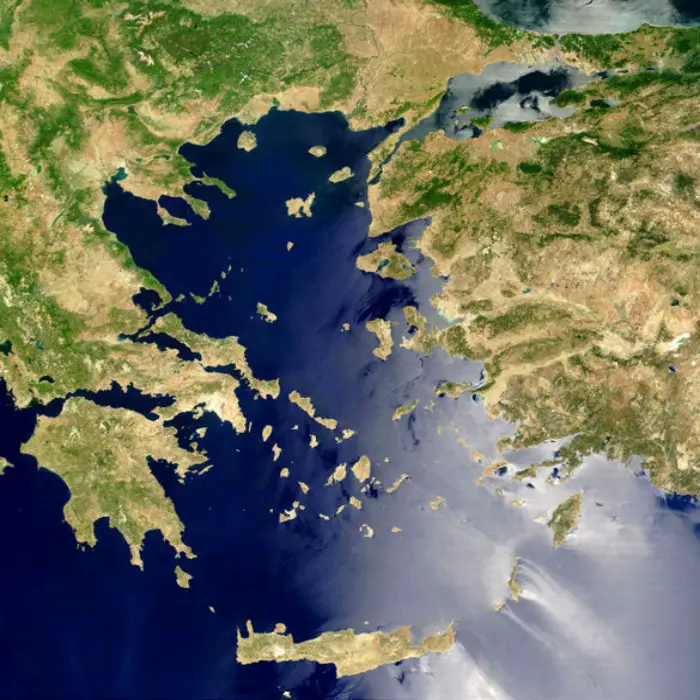
The Minoan eruption was a major catastrophic volcanic eruption that devastated the Aegean island of Thera in around 1600 BC. It was four to five times more powerful than the more widely known Krakatoa event in 1883. Earth was covered with enough ash to bring on darkness all over the world. Geologists believe the energy emitted from the blast was that of hundreds of atomic bombs exploding in a fraction of a second.
9. The Black Death Plague
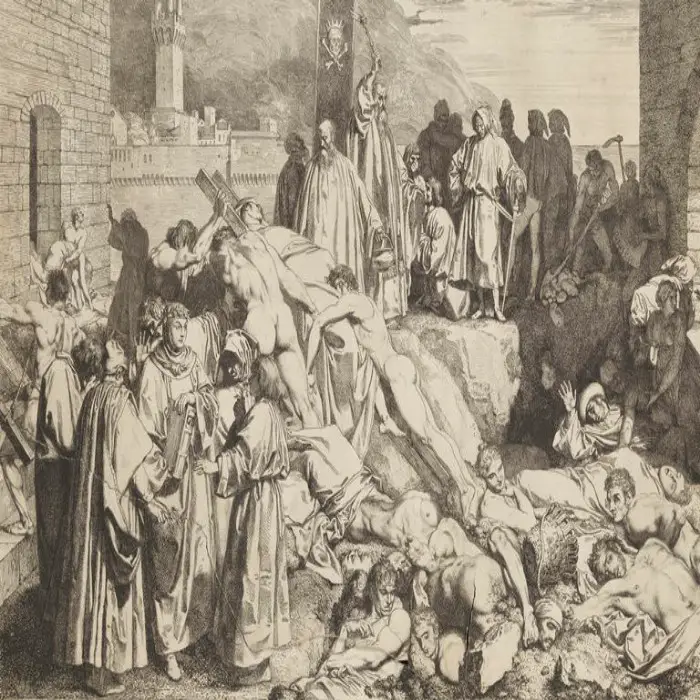
The Black Death Plague, also known as the Pestilence and the Plague, was the most fatal pandemic recorded in human history from 1347 to 1351, resulting in the deaths of up to 75–200 million people in Eurasia and North Africa, wiping out 60 per cent of Europe’s population. It still exists in some parts and between 1900 and 2015, the US had 1,036 human plague cases with an average of 9 cases per year. In 2015, 16 people in the Western States developed plague.
10. The Windscale Fire
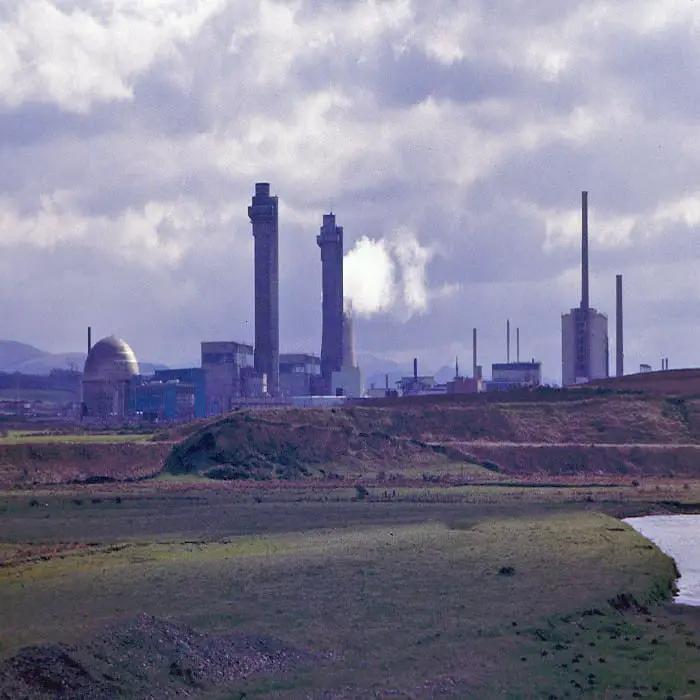
The Windscale fire of 10 October 1957 was the worst nuclear accident in Great Britain’s history. The fire took place in Unit 1 of the two-pile Windscale facility on the northwest coast of England in Cumberland. The outcome was INES Level 5 (accident with wider consequences) and recorded 240 additional cases of thyroid cancer in result.
11. Shaanxi Earthquake
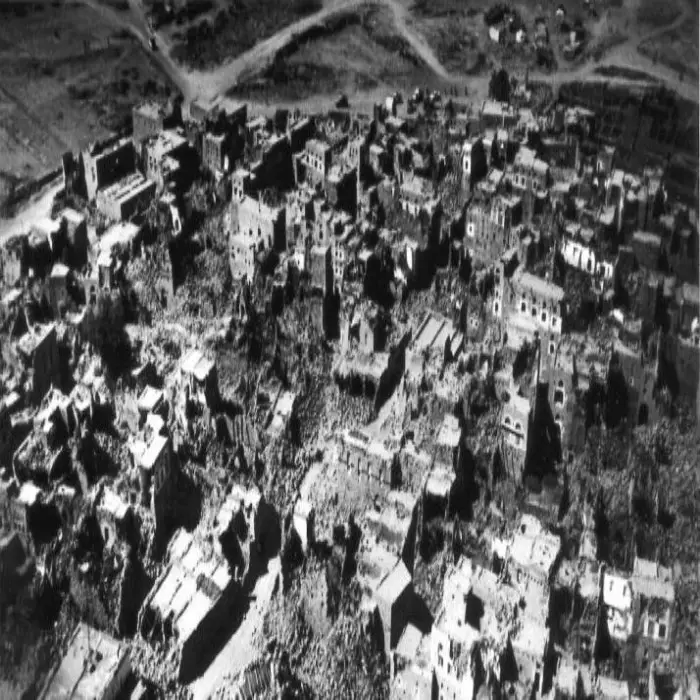
The 1556 Shaanxi earthquake, or Huaxian earthquake or Jiajing earthquake is the deadliest earthquake in recorded history. Although the upheaval lasted only for a few seconds, it levelled mountains, opened fissures up to 66 feet deep in the earth, altered the path of rivers, caused massive flooding, produced massive landslides, and ignited fires that lasted for days.
12. Eruption Of Mount Tambora Volcano
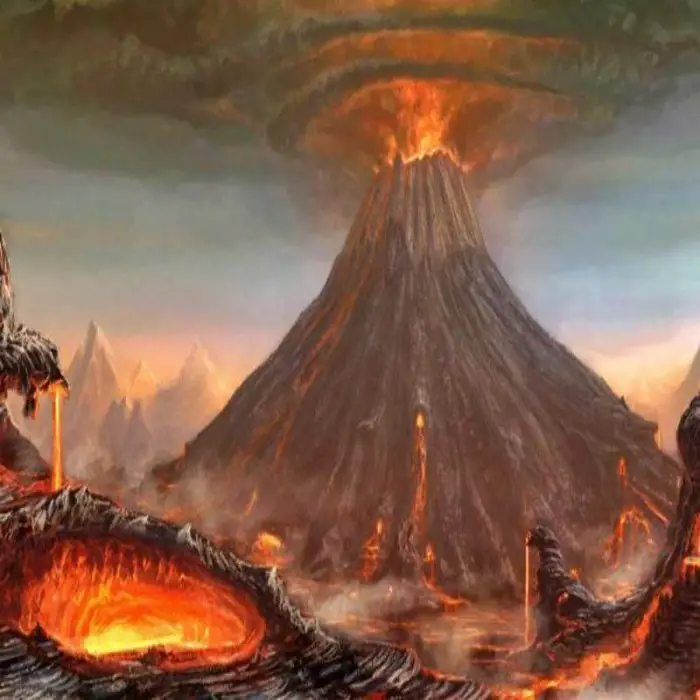
The 1815 eruption of Mount Tambora was the most powerful in human recorded history, killing an estimated 90,000 people on Sumbawa and neighbouring Lombok, most of them by starvation. Houses that were hundreds of miles from away from the mountain collapsed under the debris and fresh water was contaminated.
13. The Chernobyl Nuclear Acccident
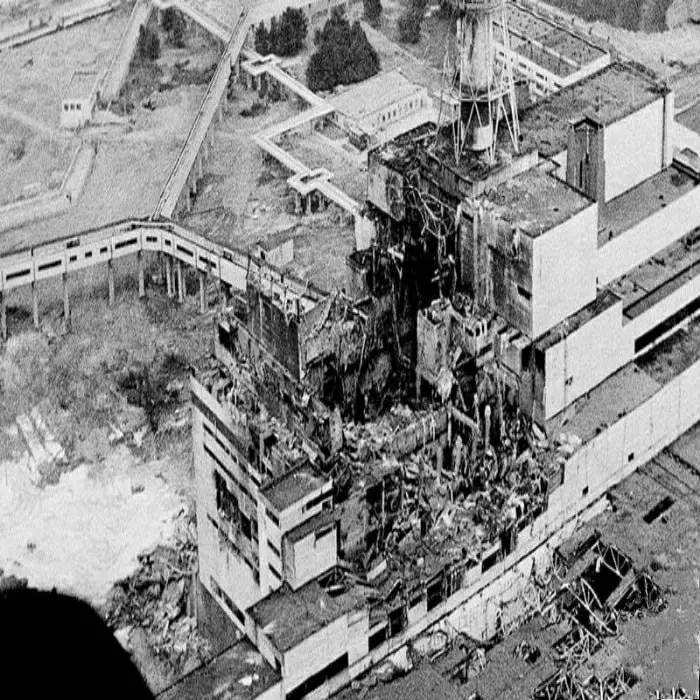
Chernobyl incident of 1986 was a combination of engineering flaws and human error which led to an explosion of one of Chernobyl Nuclear Power Plant’s reactors, releasing tons of radioactive material into its surroundings. Although the USSR tried to hide the death of thousands and thousands of people who died because of the radiation was obvious in front of the world. The affected people who made it alive succumbed to cancer. It was one of the deadliest disasters up to this day.
14. Smallpox
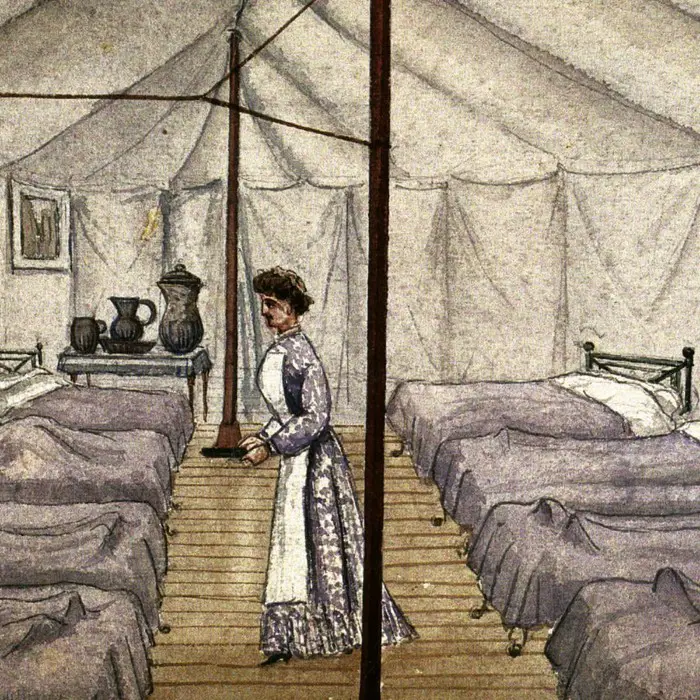
Smallpox killed hundreds of thousands in various periods of human civilization in the past 3,000 years. It is an eradicated virus that used to be contagious, disfiguring and often deadly. Though there has been a vaccine for it in the past 200 years, this microscopic terror continues to exist. It is also used as a bioterrorist weapon.
15. 1931 Chinese Floods
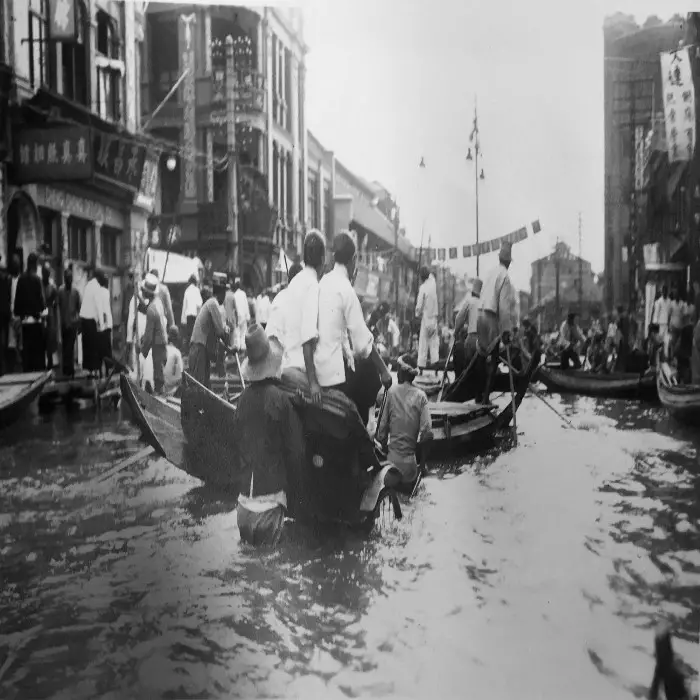
Smallpox killed hundreds of thousands in various periods of human civilization in the past 3,000 years. It is an eradicated virus that used to be contagious, disfiguring and often deadly. Though there has been a vaccine for it in the past 200 years, this microscopic terror continues to exist. It is also used as a bioterrorist weapon.
Read also – Top 15 Ways To Become Self-reliant